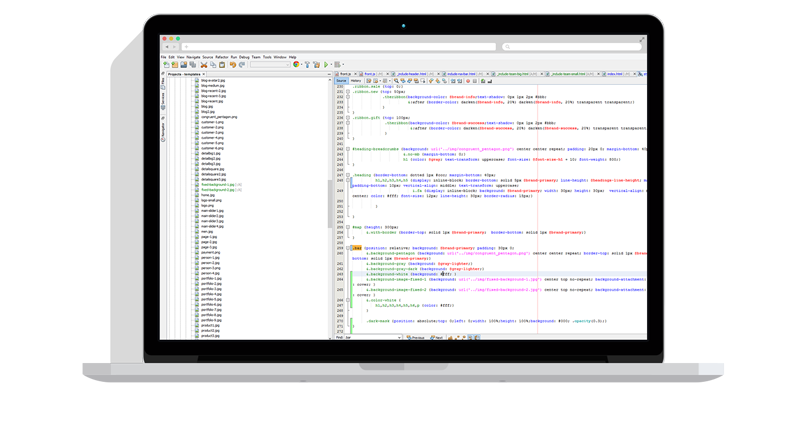Enter search queries below or use the tag links to the right to browse the knowledge base by category (Show All Tags).
Clustering Configuration
By enabling the "Clustering" feature, the Robo-FTP scheduler will allow you to run jobs on multiple nodes in a failover cluster, and hand off tasks to an alternate node if one of the nodes fails, so that even with a machine failure, Robo-FTP will continue to process your mission-critical jobs.
Failover clustering does require some upfront configuration before it is ready for use. To begin with, you will need to set up a distributed file system, as well as a database, both of which must be accessible from each node of the cluster.
SETTING UP iSCSI ADAPTERS
Robo-FTP clustering is compatible only with NTFS-formatted Clustered Shared Volumes, connected to over an iSCSI storage adapater. Each clustered server should ideally have one or more network adapters dedicated solely to the cluster storage.
To set up such a Clustered Shared Volume, you can start by creating an iSCSI Virtual Disk on a dedicated machine which will provide storage. From this machine, start by installing the "iSCSI Target Server" feature. Next, create a new iSCSI virtual disk through the File and Storage Services iSCSI interface.
Server Manager -> File and Storage Services -> iSCSI -> Tasks -> "New iSCSI Virtual Disk"
Configure N+1 separate virtual drives, each with the same size. The +1 here will serve as the witness drive.
On each individual server that will function as a cluster node, from the Windows Control Panel, set up a iSCSI Initiator to connect to each drive. Bring each individual drive online through the Windows Disk Management Utility, on all machines, and format as NTFS.
CONFIGURING THE CLUSTER
You are now ready to set up your cluster. Install the "Failover Clustering" feature on both machines. Start the "Validate a Configuration" wizard from the Failover Cluster Manager on one such machine. Run all tests here and ensure that they pass.
From the Failover Cluster Manager, run the "Create Cluster" wizard. You will be prompted to select each of the available servers that will be nodes in your cluster. Follow the instructions provided by the wizard. Towards the end you will be prompted to select amongst the iSCSI-connected disks. Ensure that each of these is enabled, and finish the cluster initialization, which will automatically create your Cluster Shared Volume, which defaults to path C:\ClusterStorage\Volume[N], where N is the volumne number. This will be accessible from each machine in the node.
CONFIGURING ROBO-FTP
Now that the clustering environment and distributed filesystem have been set up, it is time to configure Robo-FTP itself to make use of it and enable clustering support. Refer to the "Setting up Failover Clustering" article in the Robo-FTP documentation and follow the instructions there.
Article last updated: 2022-11-09
Tags: cluster clustering shared volumes iscsi


